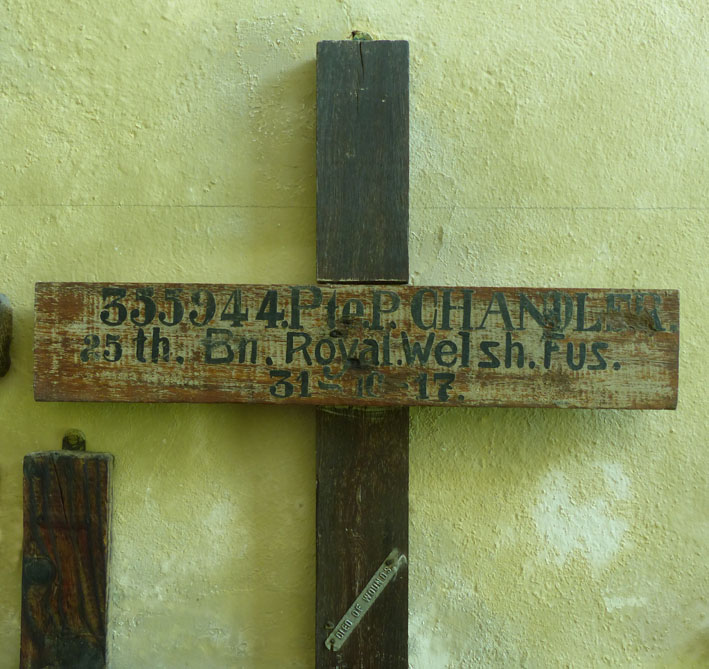On 22nd July 1915, Percy enlisted with 1/1st Welsh Horse, who were stationed on what is now the playing field in Melton. Soon after, they were moved to Westleton where they engaged in further training and shortly after that, the battalion travelled to Liverpool, ready to be sent overseas. On 25th September 1915, the Eastern Mounted Brigade, of which the Welsh Horse Yeomanry was a part, boarded the SS Olympic, sister ship of the Titanic, bound for Gallipoli in Turkey. As the SS Olympic passed Gibraltar to enter the Mediterranean Sea, it narrowly avoided a catastrophic encounter with a German U-boat, due to the speed at which the ship was travelling. The SS Olympic reached the Greek island of Lemnos and Mudros Harbour safely on 1st October, a mere eight days after leaving England – considerably faster than expected. The authorities were not prepared for the early arrival and the troops had to spend a week on board ship just offshore of the island. On the 8th October, Percy and the Welsh Horse Yeomanry transferred to HMT Partridge and were taken to ANZAC Cove where they disembarked on lighters. Once ashore, the battalion went into reserve trenches in Bedford Gulley to the rear of Hill 60. Here they were detailed to take over and carry out sapping and mining operations.
A report in the war diary says:
“…the General Officers, who knew of the work that had been performed which had primarily consisted of military mining of a dangerous nature and which was instrumental in effecting the biggest explosion during the whole operation resulting in the total destruction of the Turk’s front line trench for some 200 yards.”
The mining did not happen without casualties and, on 20th November 1915, eight men were killed when there was an explosion in the tunnel they were digging. The Regiment’s time in Gallipoli was to be short. After two months of fighting, the decision was made to abandon the Gallipoli campaign and the Eastern Mounted Brigade withdrew from the front line. The Welsh Horse Yeomanry was one of the last to leave, having been detailed to join the garrison on Hill 60 and become part of the rearguard.
The war diary says of the withdrawal:
“This rearguard was withdrawn and embarked on trawlers at 04:00 on the morning of the 20th (December) and proceeded straight to Mudros where it arrived at 12 noon. The major part of the Regiment having been withdrawn earlier in the evening of the 19th embarked elsewhere and it was not until December 26th that the whole was concentrated once again at Sidi Bishr Camp, Alexandria.”
In Egypt, March 1917, the Welsh Horse Yeomanry was disbanded and combined with the Montgomeryshire Yeomanry to become the 25th (Montgomery & Welsh Horse Yeomanry) Battalion, Royal Welsh Fusiliers, under the control of the 74th Yeomanry Division.
The battalion’s first action of the year was the Second Battle of Gaza, between 17th and 19th April, where they were held in reserve and the Third Battle of Gaza, between 27th October and 7th November, when, on the 31st October, they were on the front line at the start of the Battle of Beersheba. The attack started at 08:30 in the morning, when the battalion immediately met stiff opposition machine gun fire, slowing their progress. At 12:15, the main attack took place and by 16:30 Beersheba had been captured. During the fighting, Percy Chandler was severely wounded and taken to a field ambulance where he died from his injuries. He was buried in Beersheba Military Cemetery on 2nd November 1917 with the Reverend J A Sommerville taking the service.
For his war service, Percy’s family received his 1914-15 Star, the British War and Victory Medals. He is remembered on Melton War Memorial and a family memorial plaque in St Andrew’s Church. His battlefield cross from Beersheba is preserved in Melton Old Church.

